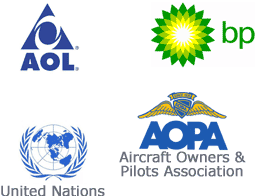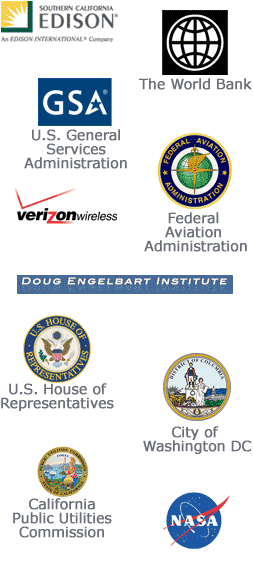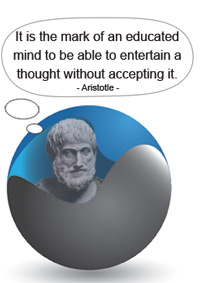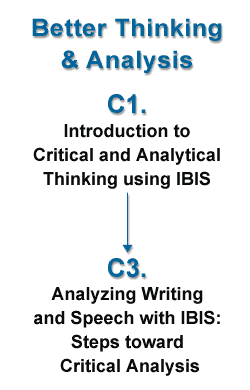CogNexus Group is a network of certified Issue and Dialogue Mappers™ who are dedicated to the proposition that shared understanding is the Holy Grail of effective group work.
Organizations come to us because they have concluded that they are confronting one or more wicked problems, and that the traditional approaches, in which they are generally very skilled, have not been effective. They may have even made the situation worse. We are passionate about working with clients who have out-grown the addiction to the quick fix, whose ethics lead them to take the long view, and who recognize the urgency of learning how to manage the ‘wickedness’ in problem situations.
CogNexus Group staff know how to recognize the presence of shared understanding, an elusive unity of orientation and purpose, as well as the fragmentation that is symptomatic of its absence. We believe that it does not have to take days and weeks of drawn-out “working sessions” to make sense of a wicked situation. Our practitioners partner with client groups to efficiently and systematically craft the antidotes for problem wickedness: shared understanding and shared commitment among the stakeholders on a project. We teach our clients how to craft shared understanding, and we work with them until they are ready to make the leap to performing on their own.
Oil Refinery Case Study
The engineering division of a multinational oil company had been working for quite a long time to define a new level of alarm for the control rooms at their refineries called a “critical alarm”, which would get the operator’s immediate attention in any circumstance where life or major property or environmental damage was at risk. They had several different proposals for a system-wide definition, but each refinery had different needs and cultures and they spent many hours over several months in fruitless meetings.
CogNexus worked with several of the subject matter experts over several virtual issue mapping sessions to analyze the logic of the various proposed definitions and synthesize a new definition of critical alarms and how to implement them. The process culminated in a face-to-face meeting of all of the stakeholders. The meeting, which consisted of a review of the maps, went unpredictably smoothly, and resulted in consensus on the new definition and a plan for its implementation.















